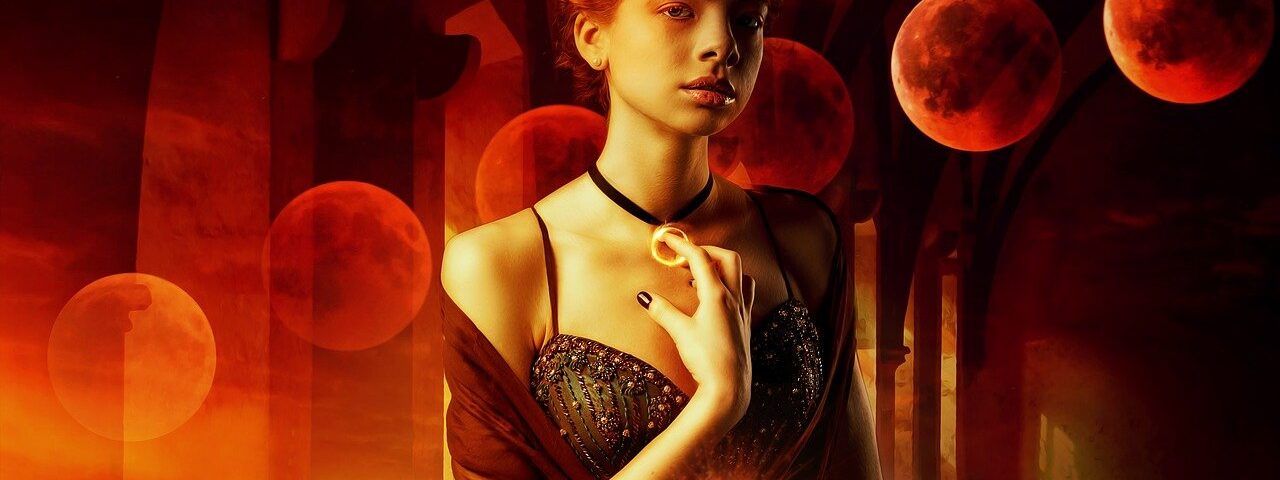It’s hard to evaluate any photo-editing software without comparing it to Adobe Photoshop. It’s like the litmus paper of the photo editing realm. You have many preconceptions about what photo editing software should be capable of and how it should behave – even how it should look.
Many programs struggle to compete against Adobe when it comes to functionality. In this online Polarr Photo Editing Software review, you’ll find out what you can get for free and what not!
Many online photo editors work in your browser. They can be sophisticated, but some of them (namely, flash-based programs) don’t stay in the market for many days. Adobe stopped supporting flash in 2020, so anything that runs off it is likely to vanish or wither away.
Modern online editors are generally written in HTML5 code. They load quickly, but they also tend to be more basic than flash-based equivalents.
Polarr is different. You can use Polarr online in a browser, or you can download it for offline use. There’s also an app available for your phone.
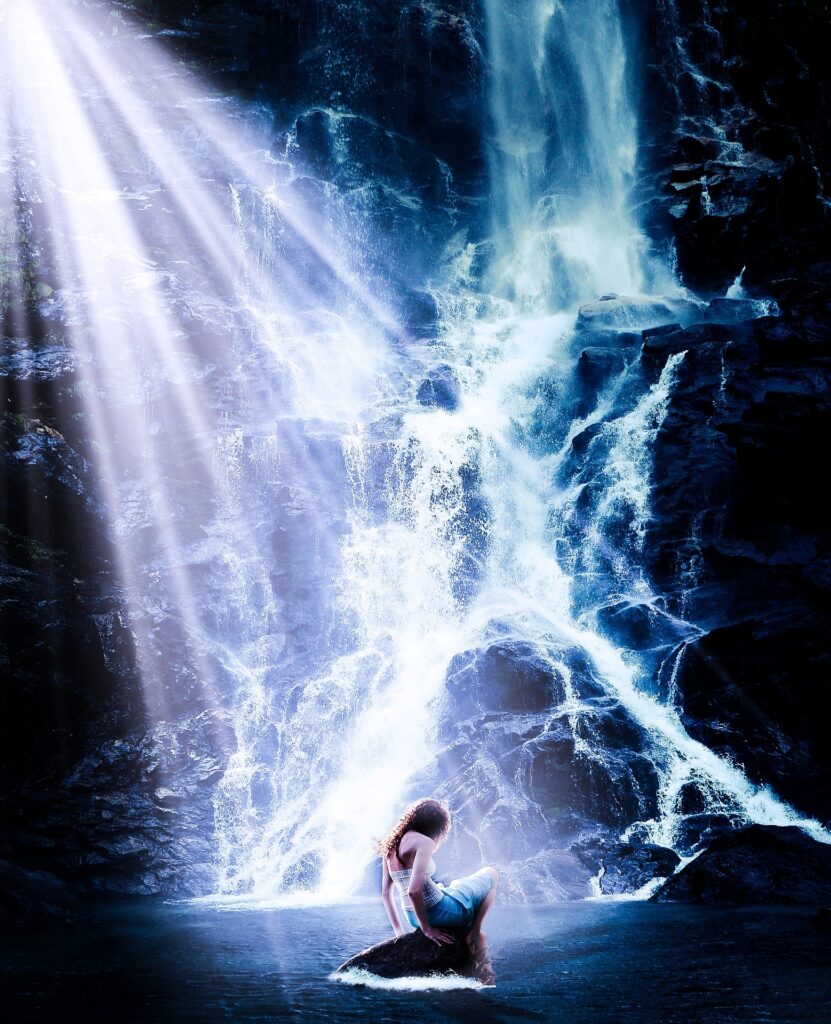
First Impressions
One of the best things about Polarr is its interface and design. It doesn’t try to be Photoshop, but it’s intuitive to use at the same time.
With filters on the left of the home page and most of the tonal and color tools on the right, there are some similar shades of Lightroom about it. Still, it has its own identity on the interface. When you open Polarr and want to use it, you will realize it.
One of the people’s favorite Polarr feature is its histogram. It’s neater than any other online editors. It shows a color histogram by default, which you can further expand into separate RGB histograms.
In the absence of a clipping display, it’s useful to see what your edits are doing to the image. You can drag the semi-opaque histogram wherever you want in the frame. It allows you to comfortably position the histogram wherever you want, and make the greatest out of it!
For Whom?
Though it has some minor drawbacks which we will discuss later, Polarr is a program with a lot of depth. Who would use it, and why?
Anyone looking for the following should use it:
- A free and cheap but effective alternative to Adobe Photoshop
- Something which includes built-in special effects and auto/manual retouching tools. You don’t need to learn complex editing methods or buy external plug-ins for other editing features!
- An Auto image enhancer often a good quick fix for eye-catching web pictures.
- An interface that is intuitive to use, especially if you prefer working with sliders.
- No big downloads required and quick startup
- Aesthetically pleasing user interface
- Ideal for editing images for web or online labs
- A software backed up by an extensive library of online tutorials. You can get that in Polarr Wiki.
- Software with an option for more complex edits when you buy the Pro version (subscription-based, but low cost).
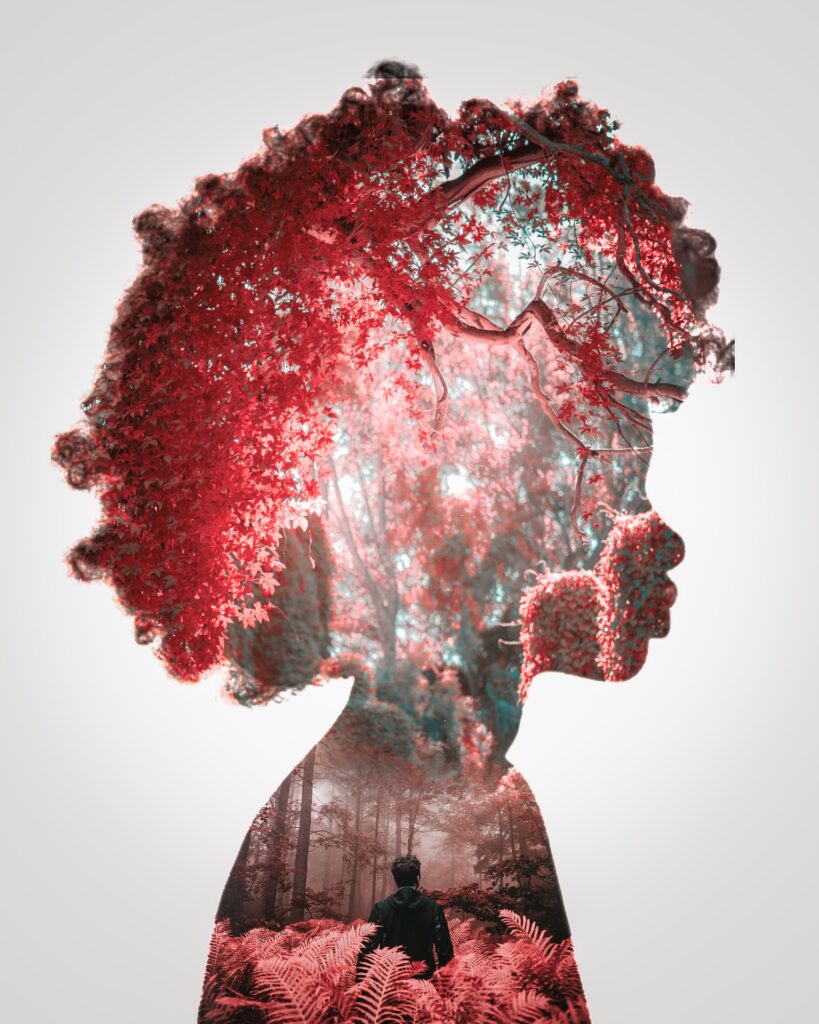
Editing Features
Auto-Enhance
You should always try hitting the “auto” or “auto-enhance” buttons in editing programs. Sometimes they give you a better starting point, and many times better-finished product.
In Polarr, Auto Enhance is surprisingly aggressive with the Dehaze slider, and it tends to block shadows. You can tweak the final result using the sliders. You can adjust the shadows, blacks, and contrast sliders for instance.
Auto-enhance works well with flat, hazy images. It can create eye-catching results in a single click. This feature saves you a lot of time.
Colour and Tone Adjustments
Polarr offers Lightroom-style color and tonal controls (the latter called “Light”). Auto enhancing is a bonus. It has Temp and Tint sliders for white balance. Unfortunately, no auto-white-balance tool is available to outrank your eyesight. A Vibrance slider boosts the color without clipping.
It offers basic edit options like highlights, shadows, whites, and blacks along with sliders to achieve a full tonal range while watching the necessary histogram(s).
This replaces levels adjustment. Whites and blacks adjust the large areas on either side of mid-tones. Highlights and shadows adjust only the brightest or darkest parts of the image. Pretty basic stuff!
The controls in Polarr are neatly laid out and colored according to their function. Ou can figure it out by simply looking at it. The controls don’t have arbitrary names, so you quickly know what things do if you’ve used other editors.
Being mildly obsessive about detail, the clipping details should have been there for correcting the tone properly (which is what auto-white-balance tools do). However, Polarr still has much to offer!
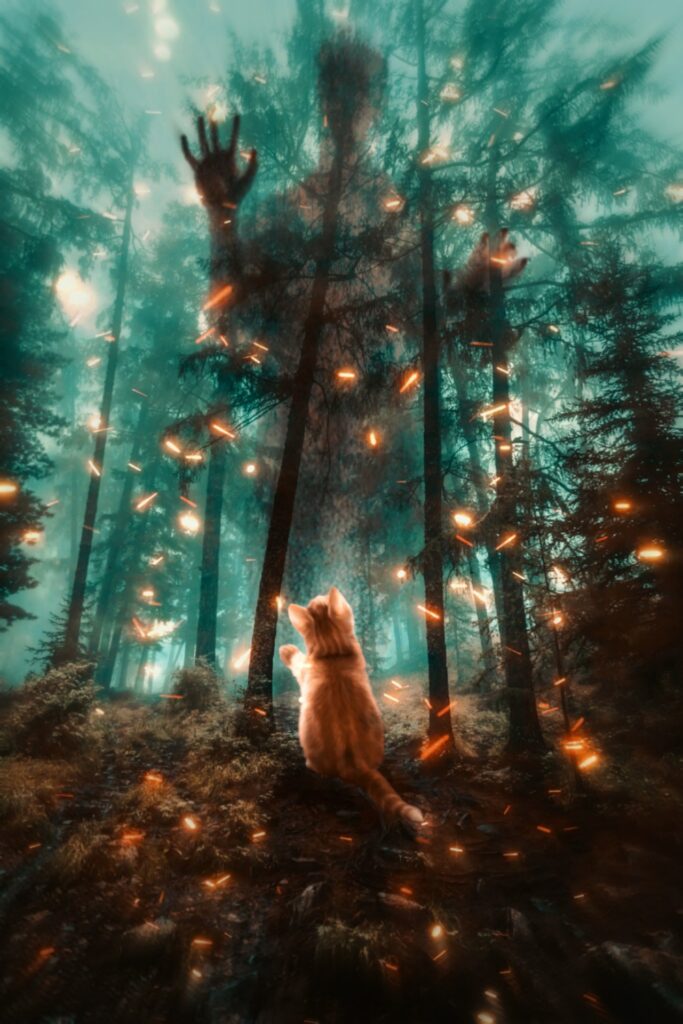
Curves in Polarr
Polarr’s curves feature is pretty simple and minimalistic. They are useful for some basic color correction. You have an additional composite RGB curve for adding required contrast. Also, there are separate red, green, and blue (RGB) channels for curves. You can use it according to your need.
Used in association with the RGB histograms, people also use RGB curves to remove color casts. You do this by adjusting any necessary curves so that the histograms roughly align with each other.
Another method is by pointing in the middle of the curve and pulling it up or down, or for shadows and highlights. You can place a point in the bottom or top corner and pull it along the outer axis.
Polarr gives you the input and output RGB values while you work, which makes it easier to work with.
Sharpening
Sharpening always strikes me as it needs some considerable amount of knowledge to work upon. Whatever method you use, there’ll always be experts out there introducing and implementing a better way.
In Polarr, you get a clarity slider that sharpens mid-tones. It adds an extra punch to your images. You also get a very basic sharpening slider with no radius control.
The sharpening may be smarter than you expect and outperform my explanation, but there aren’t numerous fancy ways to sharpen in Polarr. I’m doubtful that it really matters.
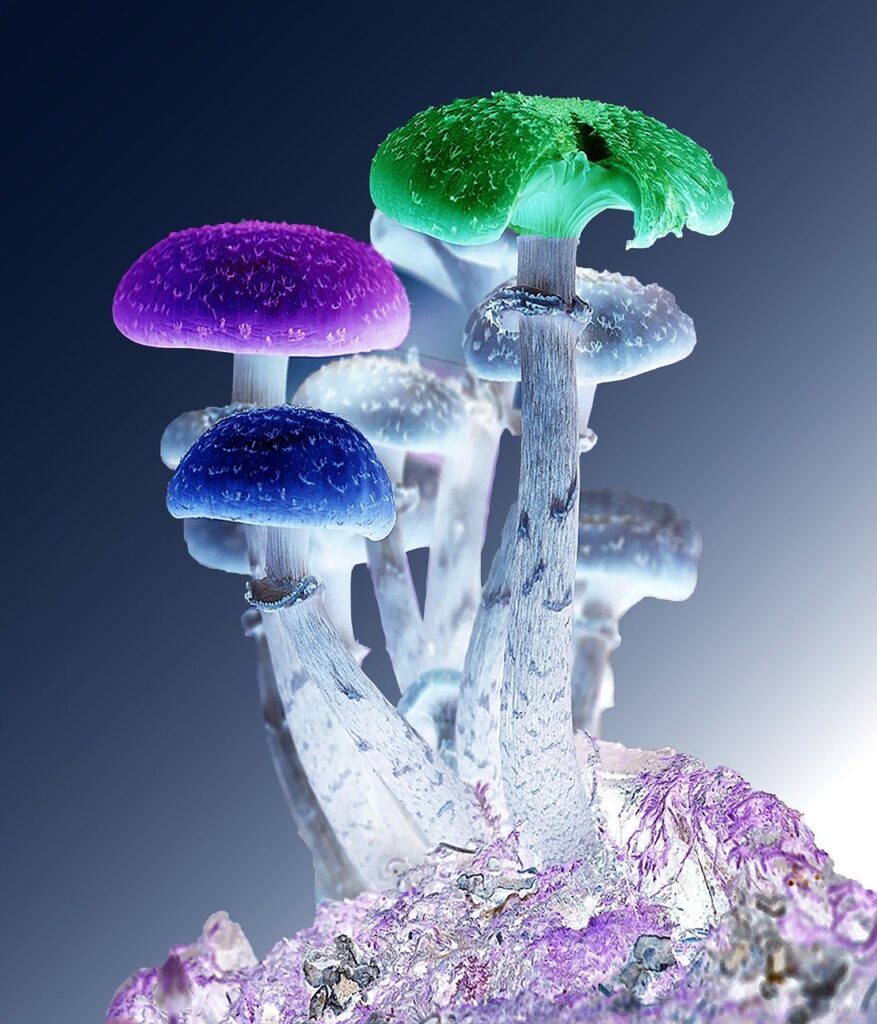
Pro Features
In this section, we will discuss some of the features which you can avail of only if you buy the premium version. You can Google the present cost of purchasing, as it varies from time to time. It is reasonable and worth your money.
Masking
The chief advantage of Polarr Pro is the inclusion of masks for localized adjustments. They include exciting elements like radial, gradient, color, brush, depth, and luminance masking tools. These are all different ways to select specific parts of the image for editing, and they really work well.
You can use the brush tool for manually selecting an area to get better control. Polarr also includes an optional “Edge Aware” feature that helps to avoid overlapping of edges when you’re painting areas for selection. It is precise to a great extent and effective. Brush size, compare, hardness, flow, feathering, erase, view mask, and invert options are also present with masks. You can use it to make major adjustments.

Overlays
Whether with a mask or separately, you have the option of inserting an overlay effect in Polarr. It may be your own added background or one of the many available ones like clouds, sky, weather, and backdrops. There are many other available.
This is good stuff for creative people who like to experiment and create digital compositions. You also have a choice of blending modes which helps you achieve the effect you’re after.
Noise Reduction
In Polarr, you can’t mask off sharpening in large single-tone areas. So, if your images are noisy to a great extent, and you think the noise will show in the final result, the Pro version offers color and luminance Denoise sliders. These are universal edits that don’t currently combine with masks. They are a great way to deal with the irritating noise which you encounter while working with pictures.

Conclusion
Keeping the sRGB constraint and occasional lag aside, you will certainly enjoy Polarr. Some major drawbacks are there but it’s manageable. The sRGB thing may be universal among other browser editors.
If you think of Polarr as a way of preparing photos for online labs or the web, it’d be hard to beat. It is a kickass platform for images specifically required for web purposes.
Polarr is uniquely pretty, which sometimes seems superficial, but the attention paid to aesthetics invites users. I’d love to know what you think!
So, comment on your opinion below!
Happy Editing!

